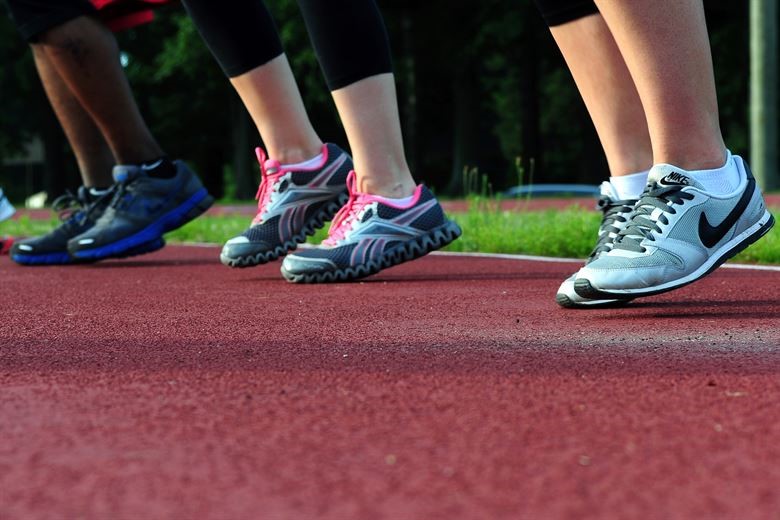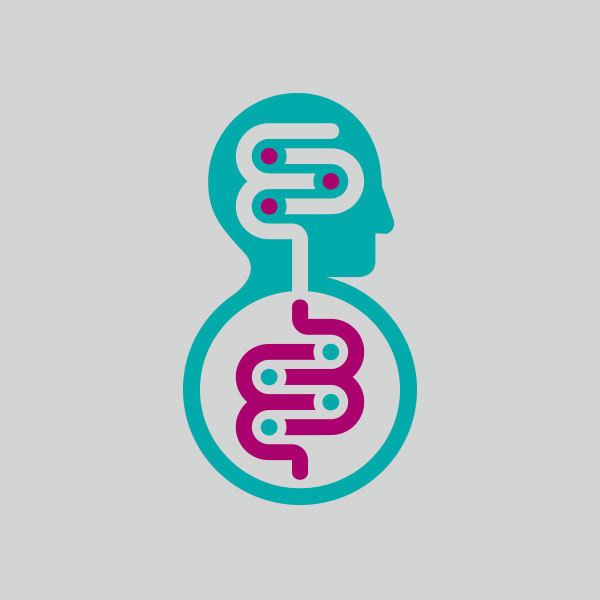
ADHD is among the most common psychiatric disorders, with ~3% prevalence in adulthood and ~5% in childhood. ADHD has a high risk for comorbid conditions. Comorbid means that one psychiatric disorder often comes together with another psychiatric disorder. For instance mood, anxiety and substance use disorders have high comorbid rates in adults with ADHD.
Adults with ADHD are also at risk for obesity and major depressive disorders and adolescent ADHD predicts adult obesity: 40% of adults with ADHD are also obese. These are worrying numbers. Many adults who have ADHD suffer from these negative consequences that come with their mental illness.
There is a growing body of scientific evidence of the powerful effects of nutrition and lifestyle on mental health. Exercise is one of them, it helps prevent or manage a wide range of health problems and concerns, including stroke, obesity, metabolic syndrome, type 2 diabetes, depression, a number of types of cancer and arthritis. Besides that, regular exercise can help you sleep better, reduce stress, sharpen your mental functioning, and improve your sex life. Nearly all studies revolve around aerobic exercise which includes walking, jogging, swimming, and cycling.
Recent research shows that exercise might also have positive effect on ADHD symptoms such as improving attention and cognition1,2! Additional research is needed to explore this effect further, but we can take a look at the mechanisms underlying this effect.
One of the parts in our brain that is affected by exercise is the prefrontal cortex. The prefrontal cortex plays an important role in controlling impulsive behavior and attention and is positively influenced by exercise. Furthermore, dopamine and norepinephrine play an important role in attention regulation. Ritalin, among one of the most well-known medication for ADHD, also increases levels of dopamine.
When you exercise regularly, the basis levels of dopamine and norepinephrine rise and even new dopamine receptors are made. These dopamine levels are also the reason why exercise therapy can be effective for people suffering from depression: low levels of dopamine are a predictor of depressive symptoms.
Taken together: people with ADHD are at risk for obesity and depression. Exercise has a positive influence on obesity, depression and ADHD. Wouldn’t it be great if we could threat people with ADHD with an (complementary) exercise therapy?
The PROUD-study is currently studying the prevention of depressive symptoms, obesity and the improvement of general health in adolescents and young-adults with ADHD. PROUD establishes feasibility and effect sizes of two kinds of interventions: one of them being an aerobic exercise therapy and on the other hand the effects of a bright light therapy.
Participants follow a 10 week exercise intervention in which they train three days a week: one day of only aerobic activities (20-40 min) and in two of these days muscle-strengthening and aerobic activities (35 – 60 min). An app guides them through the exercises and the intensity and duration of these exercises will increase gradually. During a 24 week course changes in mood, condition, ADHD symptoms and body composition are measured.
I am really looking forward to the results of the effectiveness of this intervention in adolescents and adults with ADHD. It is great that this study tries to alter a lifestyle instead of temporarily symptom-reducing options. A healthy life is a happy life!
For more information about the PROUD-study see www.radboudumc.nl/trials/proud-medicatievrije-therapieen-bij-adhd-comorbiditeit (only in Dutch) or contact the researchers via proud@karakter.com. For more information about a healthy lifestyle and the positive effects on mental health, see our other blogs at https://newbrainnutrition.com/
References
1. Kamp CF, Sperlich B, Holmberg HC (2014). Exercise reduces the symptoms of attention-deficit/hyperactivity disorder and improves social behaviour, motor skills, strength and neuropsychological parameters. Acta Paediatrica, 103, 709-714.
2. Choi JW, Han DH, Kang KD, Jung HY, Renshaw, PF (2015). Aerobic exercise and attention deficit hyperactivity disorder: brain research. Med Sci Sports Exerc, 47, 33-39.
